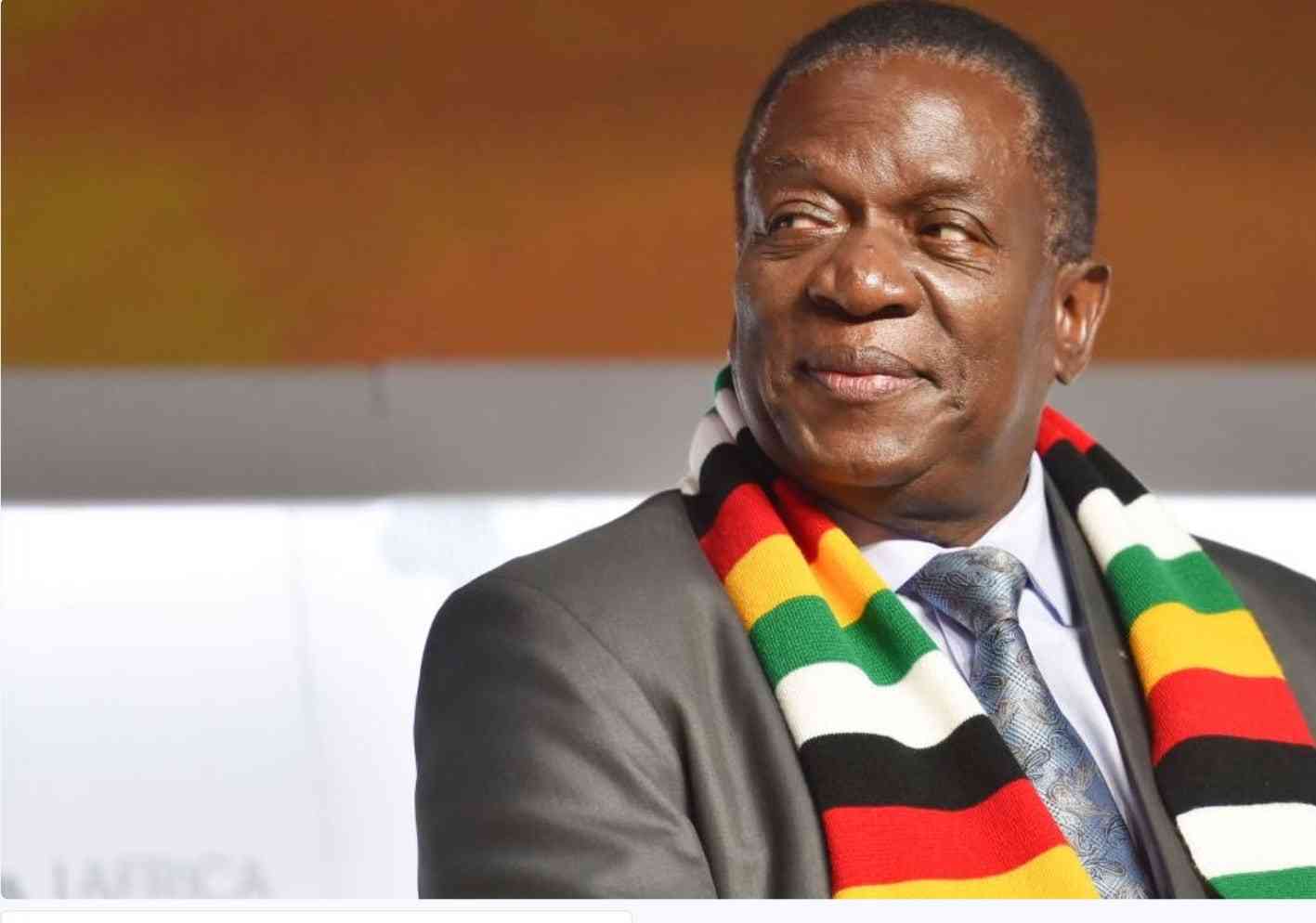
ZIMBABWE’S annual inflation could be over 20 times higher than the official rate of 34,8%, an independent advisory estimated this week, as it gave glimpses into fundamentals behind deeper turbulence currently confronting the economy.
Harare-based Equity Axis’ estimates, released recently, were among a few bold assessments of the economy’s health since the government shifted from a Zimbabwe dollar indexed inflation rate to the blended system last year.
The data could also explain the most recent extensive depreciation of the domestic currency, which has plummeted by about 95% officially, since December 1, 2023, according to International Monetary Fund (IMF) estimates.
This week’s comments by the IMF came a few days after FEWS NET data showed sharper surges in Zimbabwe dollar indexed cost of living, which it said, has rocketed by 595% since January 2023.
Amid pockets of shortages of some basic commodities in formal markets, a Consumer Council of Zimbabwe executive told the Zimbabwe Independent last week that the cost of a low-income urban earner’s monthly basket for a family of six has also rioted, increasing by 22,66% to ZW$3,6 million (around US$590) in December, from ZW$2,9 million (US$490) a month before.
But behind the gloom data are millions of real people confronting challenges ranging from food to drug shortages, which have been compounded by rolling blackouts and a brutal El Niño-induced drought.
In the past week, President Emmerson Mnangagwa has moved to reassure Zimbabweans that his government was on top of the situation, with several measures underway to cool off the jitters.
But in its report, Equity Axis cast doubt on the feasibility of the most pronounced notification — the rolling out of a structured currency to combat rampaging prices and give impetus to current efforts to stabilise the currency.
- ‘Inflation could shoot to 700% by April next year’
- Mthuli Ncube abandons struggling consumers
- New perspectives: Inflation control critical for economic growth
- NoViolet Bulawayo’s new novel is an instant Zimbabwean classic
Keep Reading
“According to Equity Axis’ internally generated inflation data, the headline inflation rate for January in Zimbabwe stood at a staggering 746,93%, significantly surpassing the sanitised local CPI (consumer price Inflation) inflation numbers that are adjusted to account for the influence of both the US dollar and the Zimbabwe dollar, thus presenting a misleading picture,” Equity Axis said in its report, which is titled: EU Widens Zim Sanctions, It Doesn't Just Rain but Pours.
“It is important to note that these internally generated estimates are derived from an analytical framework that incorporates various factors, including the Zimdollar parallel market premium and primary price data,” reads the Equity Axis report.
“Zimbabwe has been witnessing a consistent upward trend in both annual and month-on-month headline inflation rates. Specifically, the annual blended inflation has experienced a substantial increase of 8,3 percentage points, rising to 34,8% from the previous month's figure of 26,5%.
“Similarly, the month-on-month inflation has seen a rise of 1,9 percentage points, climbing from 4,7% in December to 6,6% in January,” the report further states.
The Zimbabwe National Statistics Agency (Zimstat) last year, came up with a composite CPI, which merges the Zimbabwe dollar CPI and that of the USD, arguing that the economy was operating under a dual currency system.
But companies and economists immediately threw caution against the strategy, which they warned would distort economic data and lead to wrong decisions.
It is the reason why most of the country’s leading corporations have been relying on internally generated inflation data to make decisions.
But this was after two episodes of government directives for the agency to stop publishing data.
When annual inflation hit 231 million percent in July 2008, government ordered Zimstat to stop publishing inflation data.
But, according to the IMF, the rate hit 500 billion percent that December, before falling to -7,7% after the introduction of a multi-currency system early 2009.
The wheels came off track again in 2019, after Finance minister Mthuli Ncube made radical monetary policy changes, which saw the return of the Zimbabwe dollar as the main medium of exchange.
Zimbabwe has been in protracted peril since then.
“In February 2023, Zimbabwe formally adopted the blended inflation measure as the official metric, discontinuing its exclusive reliance on the Zimbabwe dollar for calculating inflation,” Equity Axis said.
“Then, in September 2023, Zimstat implemented a significant modification to the methodology employed in computing the weighted CPI. The previous technique, which involved adding up elementary indices, was replaced by a more sophisticated geometric aggregation approach.
“This alteration aimed to improve the accuracy and reliability of inflation data by capturing the varying importance of different goods and services in household expenditure. By transitioning to the geometric aggregation method, Zimstat sought to provide a more precise depiction of consumer spending patterns and their impact on the overall inflation rate. Despite the implementation of various measures, including the introduction of a blended inflation measure and a more sophisticated aggregation methodology, it is disheartening to observe that these approaches have proven ineffective in effectively addressing the underlying issues that contribute to this persistent problem of inflation,” it added.






